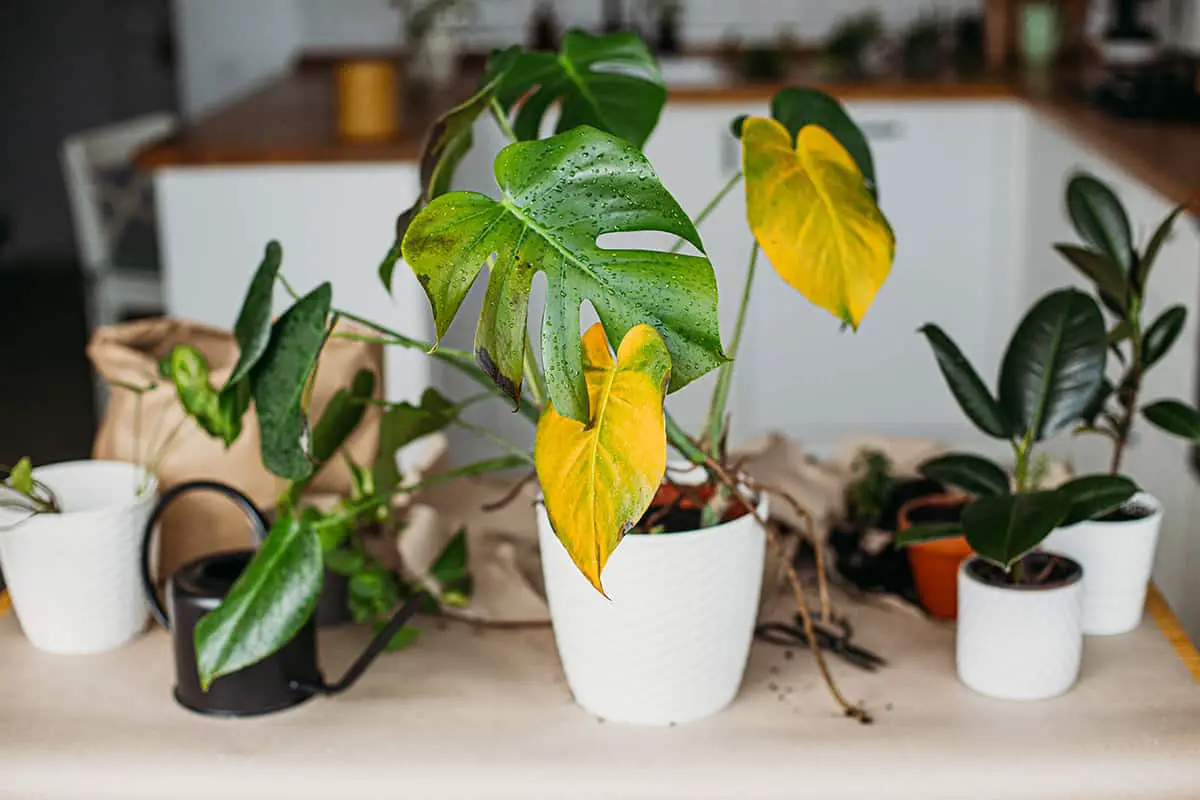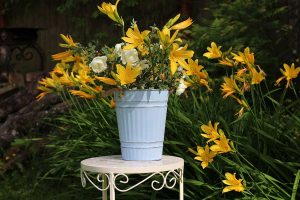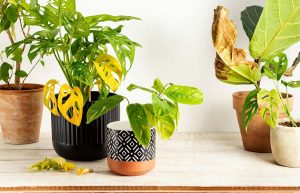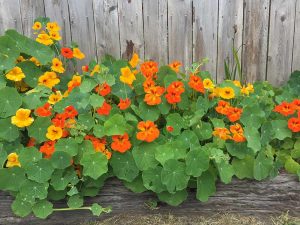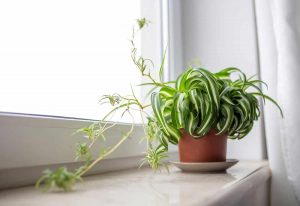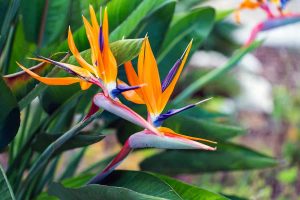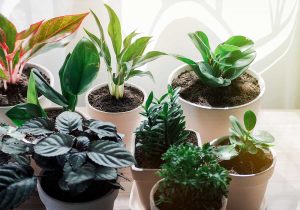Table of Contents
- Water On A Strict Schedule
- More Sunlight Equals Better Growth
- The Bigger The Pot, The Better
- Use Ice Cubes To Water Orchids
- Fertilize Frequently For Growth
- Mist Succulents For Humidity
- Prune When Plant Looks Unwell
- Use Coffee Grounds As A Fertilizer
- Use Leaf Shine Products For Glossy Leaves
- Repotting Plants Annually
- Add Gravel For Drainage In Pots
- Watering Plants With Softened Water
- All Plants Need Humidity Trays
- Feeding Plants With DIY Home Remedies
- The More Plants, The Better The Air Purification
Water On A Strict Schedule
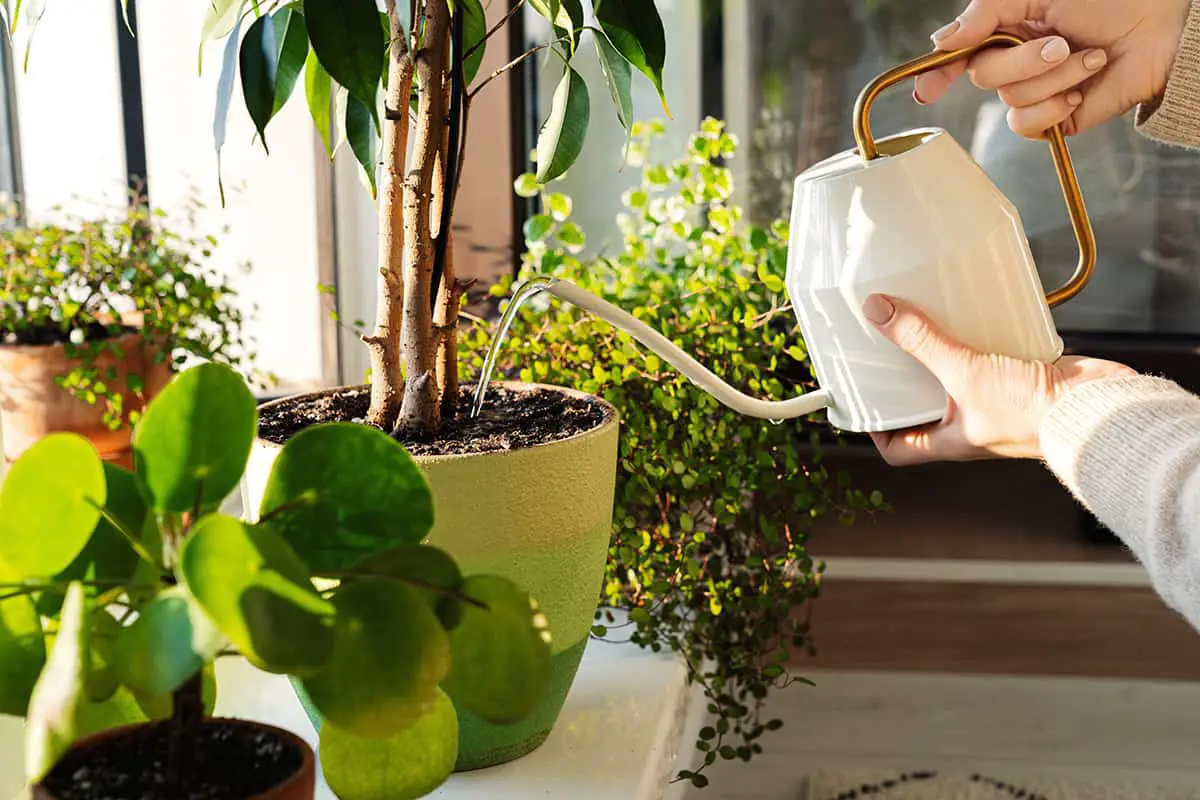
Watering your houseplants on a strict schedule can harm them. Plants need water based on several factors. These include their type, the season, and the indoor climate. You cannot use a calendar to guess their needs.
Feel the soil to determine if your plants need water. If the top few inches of soil are dry, your plant likely needs water. Heavier pots may still hold moisture, and lighter ones are often dry.
Overwatering can cause root rot and other issues. Your plant’s roots should stay light-colored and firm. Ensure excess water drains freely from the pot’s bottom.
Using a uniform method to water all plants is ineffective. Different plants have unique watering needs. Learn about each plant’s requirements to keep them healthy.
More Sunlight Equals Better Growth
You might think more sunlight always means better growth for your houseplants. This is a common mistake. Plants need light to perform photosynthesis, which drives their growth, but too much light can be harmful.
Signs of too much light include yellow leaves or a bleached look. This happens because excessive light breaks down chlorophyll, which is necessary for plant health. If you see scorched or crispy leaves, your plant is getting more sun than it needs.
Some houseplants thrive in low light. These plants benefit from indirect sunlight rather than direct exposure. On the other hand, plants that require high light will not grow well in dark corners. It’s important to give your plants the right amount of light.
It’s essential to adjust the light based on your plant’s needs. Inadequate light means slow or no growth, but too much light can kill your plants. Always match the plant with its preferred light conditions.
Look for signs of light stress regularly. If you spot any, consider changing the plant’s location or using supplemental lights to mimic natural conditions. This will ensure your plants remain healthy and grow well.
The Bigger The Pot, The Better
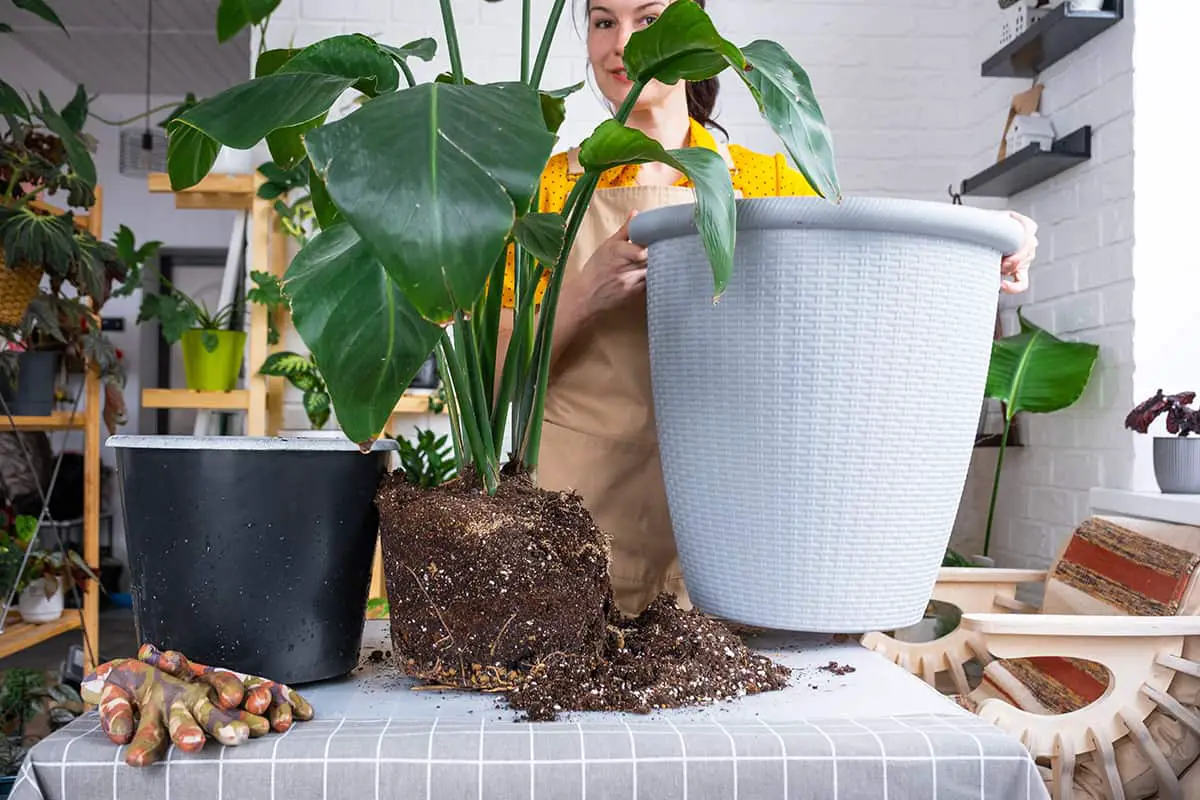
Choosing the right pot size for your houseplants is crucial. You might think a larger pot helps plants grow better, but this is not always true. Your plants need a pot that matches their root size.
Extra space in a pot leads to more soil and, therefore, more water retention. This can cause root rot because roots sit in moisture too long. It’s best to select a pot that’s just slightly larger than the root ball.
If you want your plants to thrive, avoid pots that dwarf the size of your plant. A helpful rule is repotting into a new vessel only 1-2 inches wider in diameter. This ensures optimal growth without excessive soil moisture.
Remember, despite common belief, bigger isn’t always better when it comes to pot size and plant health. Choose wisely for the well-being of your indoor garden.
Use Ice Cubes To Water Orchids
Watering orchids incorrectly can harm them. You might have heard that using ice cubes is a good way to water Phalaenopsis orchids. This is not true. Ice cubes can damage the plant’s roots and lead to poor health.
Phalaenopsis orchids prefer lukewarm water. This mimics their natural tropical environment. Your orchids need to be watered with care. Use room temperature water when you water them.
Experts suggest you avoid placing ice cubes directly on the orchid’s media. Remember, the natural habitat of orchids does not include cold water. Ice can shock their system. To keep your orchid thriving, water them with caution and keep the temperature in mind.
Fertilize Frequently For Growth
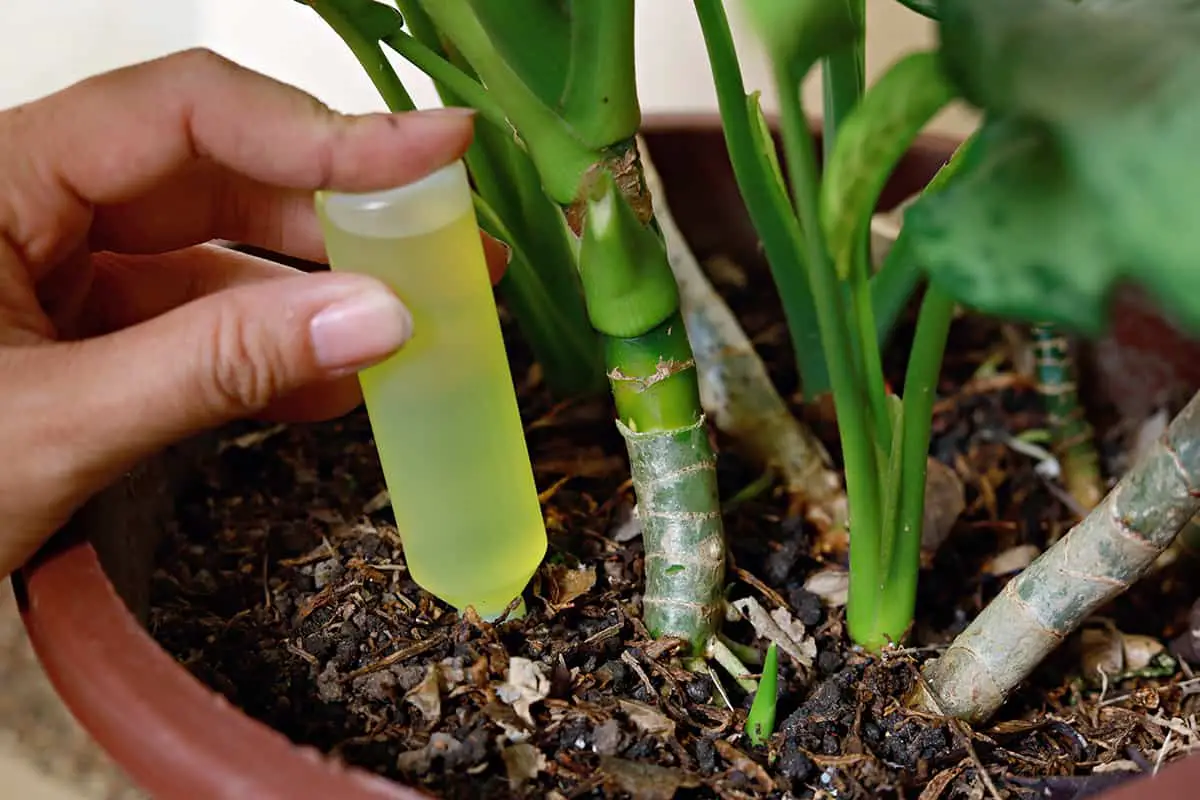
Frequent fertilization might seem like a good idea for your houseplants’ growth. Yet, it can often cause more harm than good. Your plants need balance. They thrive on an optimal amount of nutrients.
Excessive fertilizing can harm plant roots and stunt growth. The University of Minnesota Extension highlights that too much fertilizer can even kill your plants. It is important to fertilize only when necessary.
During growth periods, plants require nutrients. The University of New Hampshire Extension advises fertilizing only when plants show active growth. By following their natural growth cycle, you avoid over-fertilizing.
The correct approach to fertilizing involves moderation. Use fertilizers responsibly to prevent damage to your houseplants. Remember that less can be more when it comes to your plant’s health.
Mist Succulents For Humidity
Misting succulents might seem like a good way to increase humidity. You must understand that most succulents thrive in arid conditions. They come from dry environments, so high humidity is not natural for them.
Over-misting can harm your succulents. It leads to excess moisture on the leaves. This dampness can cause rot and disease. Succulents prefer air to be dry, especially around their leaves and soil.
Use alternative methods to provide proper care. Place your succulents in a well-ventilated area. Ensure they have good drainage. If you want to increase humidity for other plants, do so away from your succulents. Remember, each plant has unique needs.
Keep your succulents healthy by mimicking their natural habitat. Avoid misting. Provide them with appropriate light, soil, and minimal water. This approach creates an ideal environment for your succulents to flourish.
Prune When Plant Looks Unwell
Pruning, although essential, can cause harm if done without caution. When your plant looks unwell, your first impulse might be to prune the damaged parts. Pruning may seem like a quick fix, but it’s not always beneficial.
Your houseplant relies on its leaves for photosynthesis. Cutting too much foliage can stress the plant. It’s crucial to pinpoint the problem before resorting to scissors. Disease, pests, or nutrient deficiencies often manifest through leaves. Misguided pruning won’t solve these issues.
To determine if pruning is necessary, assess the plant carefully. Look for specific signs that suggest pruning. Remove only parts that are dead, diseased, or damaged. Proper pruning techniques emphasize timing and technique. It’s vital to prune when it causes the least harm to the plant.
If your plant has suffered from cold damage, resist the urge to prune right away. Plants can often appear wilted or shriveled in cold temperatures but recover once conditions improve. Pruning too soon can expose the plant to further harm. Wait for warmer weather to see if recovery occurs. It’s better to avoid pruning heading into winter unless broken branches pose a risk.
Use Coffee Grounds As A Fertilizer
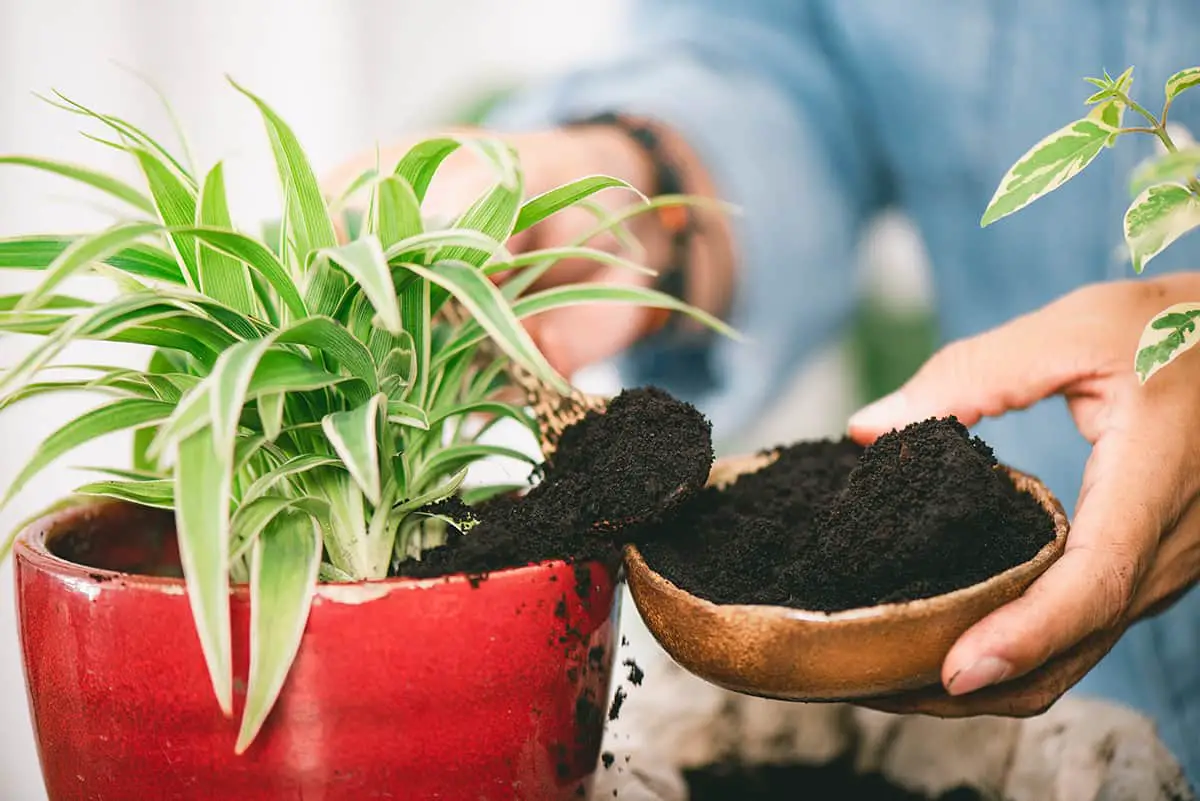
You might think using coffee grounds as a fertilizer is good for your houseplants. They’re rich in nitrogen, after all. But it’s not that simple. Coffee grounds can actually harm your plants if used incorrectly.
Fresh coffee grounds are acidic. They can lower your soil’s pH too much, hurting your plants. They might also be too concentrated in caffeine. This can inhibit plant growth. You should compost coffee grounds before using them. Composted grounds are more plant-friendly.
Adding too many coffee grounds to your soil can cause issues. They can create a barrier that repels water. Your plant’s roots might not get enough moisture. Limit coffee ground use to avoid this.
Used coffee grounds are best in compost. Mixing them with other compost materials is better for your plants. This way, they provide nutrients without the risks. Use them in moderation to prevent any harm to your houseplants.
Use Leaf Shine Products For Glossy Leaves
Applying leaf shine products might seem like a good idea. However, using them can harm your houseplants. These products can clog the pores of plant leaves. Blocked pores prevent plants from breathing properly.
Your houseplants need to exchange air to stay healthy. Leaf shines often contain oils or waxes that create a barrier. This barrier looks glossy but stops gas exchange. Over time, this results in weaker, less vibrant plants.
Instead of using leaf shines, clean your plants regularly. Wipe the leaves gently with a damp cloth to remove dust. A careful cleaning will provide a natural shine without damage. Remember, plants thrive when they can breathe.
Repotting Plants Annually
You may think repotting your houseplants every year is necessary. However, this common practice can harm your plants. Repotting should only happen when essential. Your plants often prefer a stable environment.
Annual repotting can disturb the root system. It can lead to stress for your houseplants. Roots need time to grow and adapt to their pots. Also, too frequent repotting can lead to over-sized pots, making water management difficult.
It is easy to see why you might repot often. Bigger pots seem like they would encourage growth. However, this is not always the case. A larger pot can hold more moisture and lead to root rot.
Wait to repot until your plant shows signs it needs it. These signs include roots growing through drainage holes. Or when water runs straight through the pot. These are indicators that your plant may need a new home.
Add Gravel For Drainage In Pots
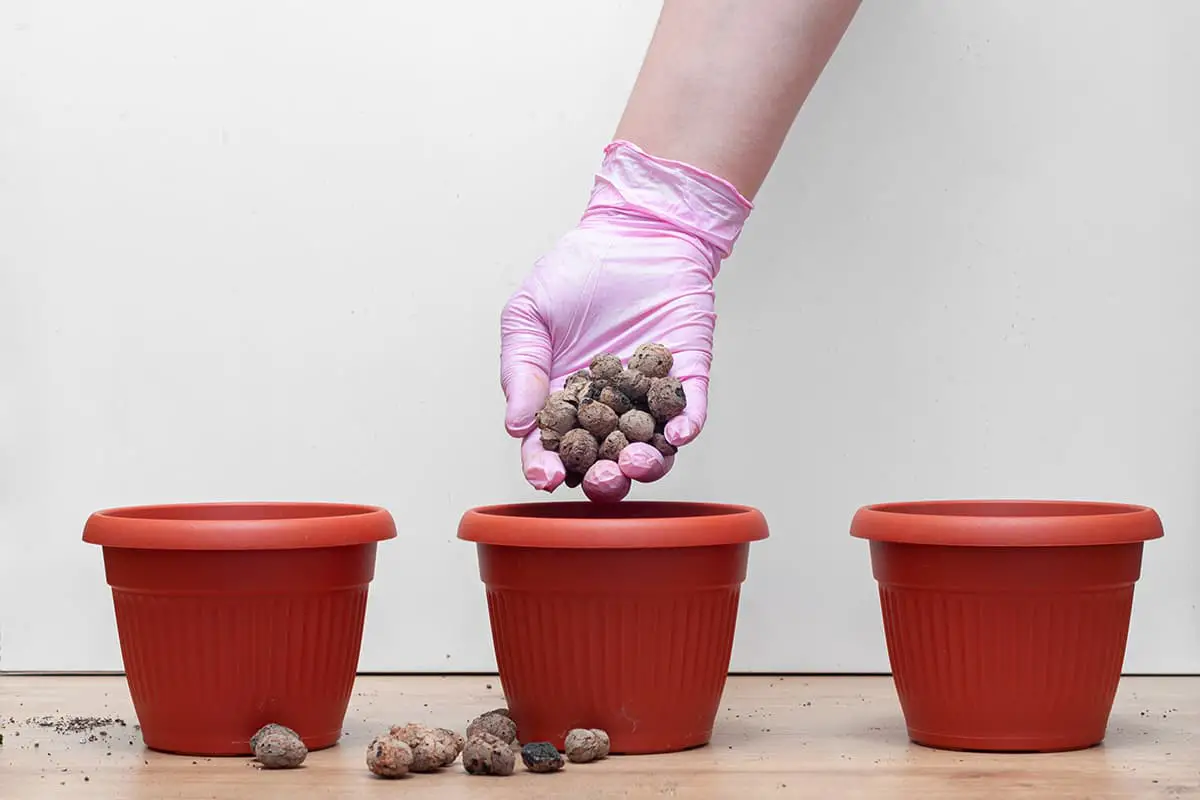
Placing gravel at the bottom of your plant containers may seem like a good idea for drainage, but it’s not effective. You may believe it allows excess water to escape and prevent waterlogged soil. However, the truth is gravel can cause more harm than good.
This method creates a perched water table, causing water to pool above the gravel layer. Your plants’ roots sit in this wet zone, which can lead to root rot. It’s a common misconception that gravel aids drainage and serves plant health.
Instead, choose pots with adequate drainage holes. Use a quality potting mix that ensures proper moisture levels. Materials like gravel hinder the smooth flow of water out of the pot. What you need is soil that breathes and allows water to pass through naturally.
Resist adding rocks, pebbles, or gravel to your container. Trust in a well-designed pot and the right soil to safeguard your houseplants’ roots from excess moisture. This simple approach protects your plants better than any layer of gravel ever could.
Watering Plants With Softened Water
Watering your houseplants with softened water is a common mistake. Softened water contains salts that can harm plant growth. When you use it on your houseplants, the salt buildup affects their ability to take in water and nutrients.
Signs of damage from softened water are often subtle at first. Your plants might show browned leaf tips or appear less vibrant. Over time, salt can accumulate in the soil, leading to more serious issues like stunted growth or even plant death.
Experts at Penn State University emphasize the critical impact of using softened water on indoor plants. To protect your greenery, consider alternatives. Collect rainwater or use unsoftened tap water. If that’s not an option, letting tap water sit for 24 hours allows chlorine and fluoride to dissipate, making it safer for your plants.
Remember, the health of your houseplants depends on the quality of water you provide. Resist the convenience of softened water and choose better options for watering. Your plants will thank you for their lush, healthy growth.
All Plants Need Humidity Trays
Humidity trays may harm your houseplants. It’s a common belief that all houseplants require humidity trays for optimal growth. However, this advice is not accurate for every type of plant. Your environment and the specific needs of your plant species significantly affect the necessity for humidity trays.
Humidity trays sustain moisture levels around plants. They consist of a tray filled with water and pebbles. You place your houseplant on top. The water’s slow evaporation boosts the surrounding humidity. This method can prevent the tips of leaves from browning in dry conditions.
Yet, not all plants thrive with extra humidity. Cacti and succulents, for example, prefer drier atmospheres. Overusing humidity trays with these plants can lead to root rot and fungal diseases. It’s important you check your plant’s humidity preferences before using a tray.
Additionally, improper use of humidity trays can harm plants. For instance, if the water level touches the pot bottom, roots may rot. To avoid this, keep the water level below the pebbles. Your plants should never sit directly in water.
Feeding Plants With DIY Home Remedies
DIY home remedies can inadvertently harm your houseplants, despite the common belief that they serve as adequate substitutes for commercial fertilizers. In reality, plants require specific nutrients delivered in precise ratios that homemade concoctions often fail to provide.
A frequent error is overfeeding plants with these DIY mixes, driven by the misconception that more is always better. However, this can lead to nutrient burn, particularly with potent homemade solutions.
Moreover, the strength of these DIY remedies can vary with each preparation, introducing inconsistency that may confuse plants and hinder their growth. Ingredients deemed harmless, such as vinegar or baking soda, can alter the soil’s pH balance, potentially damaging your plants.
To avoid the risks associated with DIY solutions, it’s advisable to opt for quality fertilizers tailored to your plants’ needs. Using these products as directed ensures that your plants receive balanced nutrition. Regular monitoring will also indicate whether the plants are thriving on the provided regimen.
Penn State Extension specifically cautions against using dish detergent on plants due to the potential for harm. While resourcefulness is commendable, it’s crucial to prioritize the safety and health of your houseplants, adhering to proven care methods.
The More Plants, The Better The Air Purification
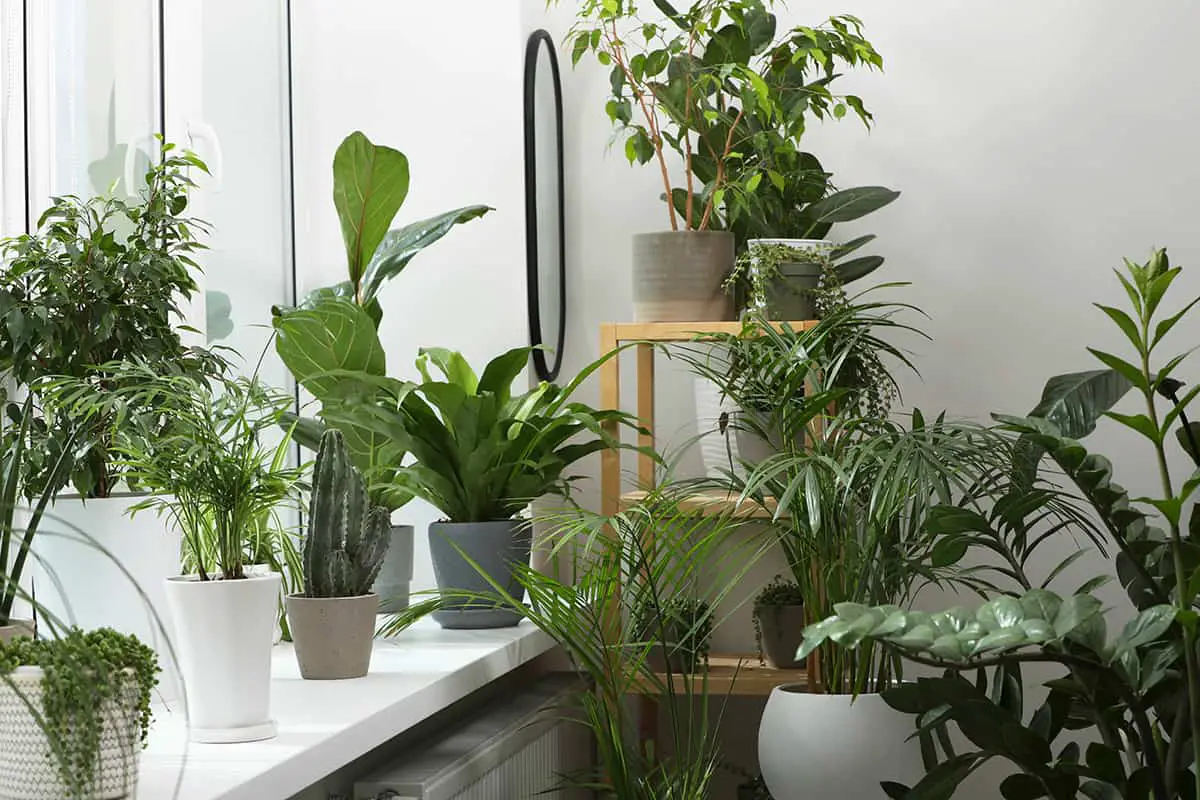
Air purification with plants in your home may seem straightforward. You might think more plants would lead to cleaner air. This common belief, however, isn’t entirely accurate. Research from Drexel University reveals that the air-purifying effects of potted plants are often overestimated.
Your houseplants do contribute to your home’s ambiance. They convert carbon dioxide into oxygen through photosynthesis. Yet, this doesn’t mean they effectively purify indoor air. For significant air purification, you would need an impractical number of plants per square foot.
A study from Illinois Extension notes that while plants can filter out some volatile organic compounds (VOCs), the degree is quite minimal. It’s important to maintain healthy plants for their potential benefits. Healthy plants are better at processing airborne toxins.
Remember, optimal air exchange with the outdoors remains a more efficient way to improve indoor air quality. Don’t rely solely on your plants for this process. Instead, ensure good ventilation alongside having houseplants. This approach is practical and supported by science. Keep your expectations realistic about the capabilities of your indoor plants.
